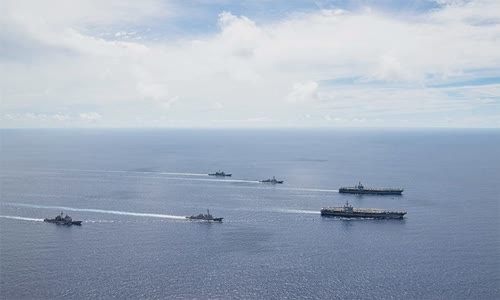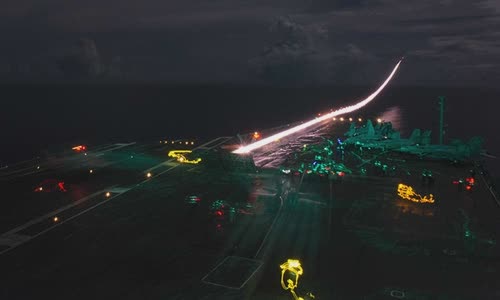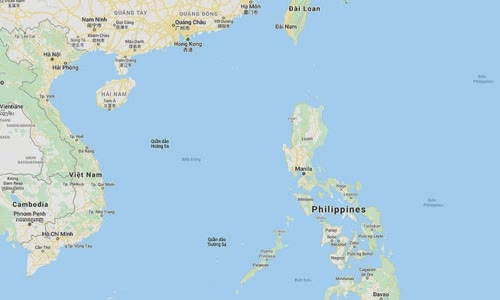The US dispatching of two aircraft carriers to the exercises in the South China Sea is considered a necessary military move to prevent China from demanding irrational territorial claims.
China reacted violently last week to a joint exercise of two aircraft carriers USS Ronald Reagan and USS Nimitz in the South China Sea, calling it a "show of strength" of the US, accusing Washington of "trying to divide."

USS Ronald Reagan (forward, right) and USS Nimitz (rear, right) and escort warships rehearsing in the South China Sea, July 6 Photo: US Navy
Some Chinese scholars also said that the exercise of the two US aircraft carriers was an unnecessary and belligerent act of "thumping chest" by President Donald Trump's administration, "famous for its elimination."
However, Sébastien Roblin, a commentator specializing in international security and military history, said that this is a wrong assumption.
The patrols of US warships crossing the South China Sea, where China makes unreasonable claims to most of the area with illegal "nine-dash lines", broadcast the message that Beijing cannot monopolize the area.
According to Roblin, the previous "reckless" actions of the Trump administration have previously made allies fear that they cannot rely on the United States, while rivals think the US is weakening and intensifying activities.
Roblin contends that China's claim of sovereignty over almost the entire South China Sea, including areas more than 860 nautical miles from the country's coast, is an unjustifiable act contrary to the provisions of the United Nations Convention.
China makes this unreasonable territorial claim not only to control resource-rich entities strategically located on the South China Sea trade route, but also to use as an excuse to declare U.S. patrol activities.

F / A-18E multirole fighter of aircraft carrier 5 taking off from aircraft carrier USS Ronald Reagan during joint exercise with USS Nimitz in the East Sea, July 4 night Photo: US Navy
Chinese militia fleets have recently intensified their search for foreign commercial transport and warships passing through the South China Sea.
China's irrational territorial claims not only threaten international law, but also constrain countries with weaker defense and economic potential.
The United States is also concerned about another direct national security issue that is competing for control of the Pacific with China.
The United States has established a network of military bases in allied countries in the Asia-Pacific region including Australia, Japan, South Korea and previously in the Philippines.
Meanwhile, China is trying to modernize its air force and navy with the ambition to push back the presence of US forces more than 1,700 nautical miles to the east, establishing defenses in the "first island chain" spread out.
China has also developed a formidable arsenal of long-range anti-ship missiles, submarines, large battleships and sea attack aircraft.

East Sea area Photo: Google
According to Roblin, in the face of China's ambition to monopolize the South China Sea, the exercises and patrols of two US aircraft carriers are necessary to deter, but not enough to prevent, illegal acts of Beijing, such as
"If the US wants to keep a foothold in the western Pacific region, it needs to reinvest in foreign alliances, which have been completely forgotten in recent years, along with deploying patrols.
The commentator said that in order to reinvest in alliances, the United States could try to heal the rift with allies and strengthen regional cooperation, instead of "resenting demanding more money and threatening war."
The U.S. military also needs to find a new way to show its naval power that is less vulnerable to Chinese long-range missiles, such as the use of boats and unmanned aircraft and long-range firepower.
"Although the United States and China will be forced to compete in the coming decades, maintaining a consistent and transparent policy will minimize the risk of provocative moves that can lead to war," Roblin concludes.
East Sea area.



 Johnny Gamboa
Johnny Gamboa







